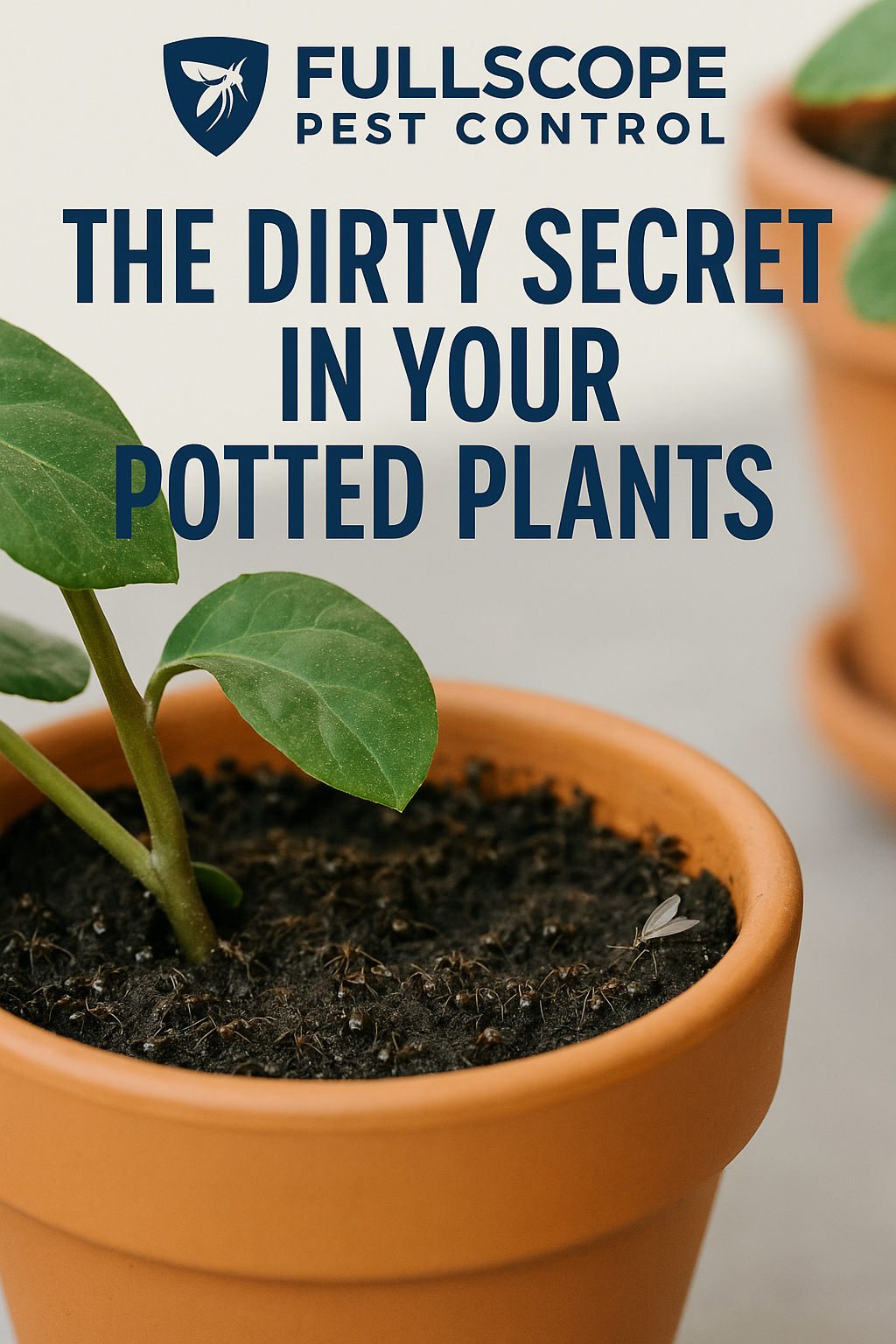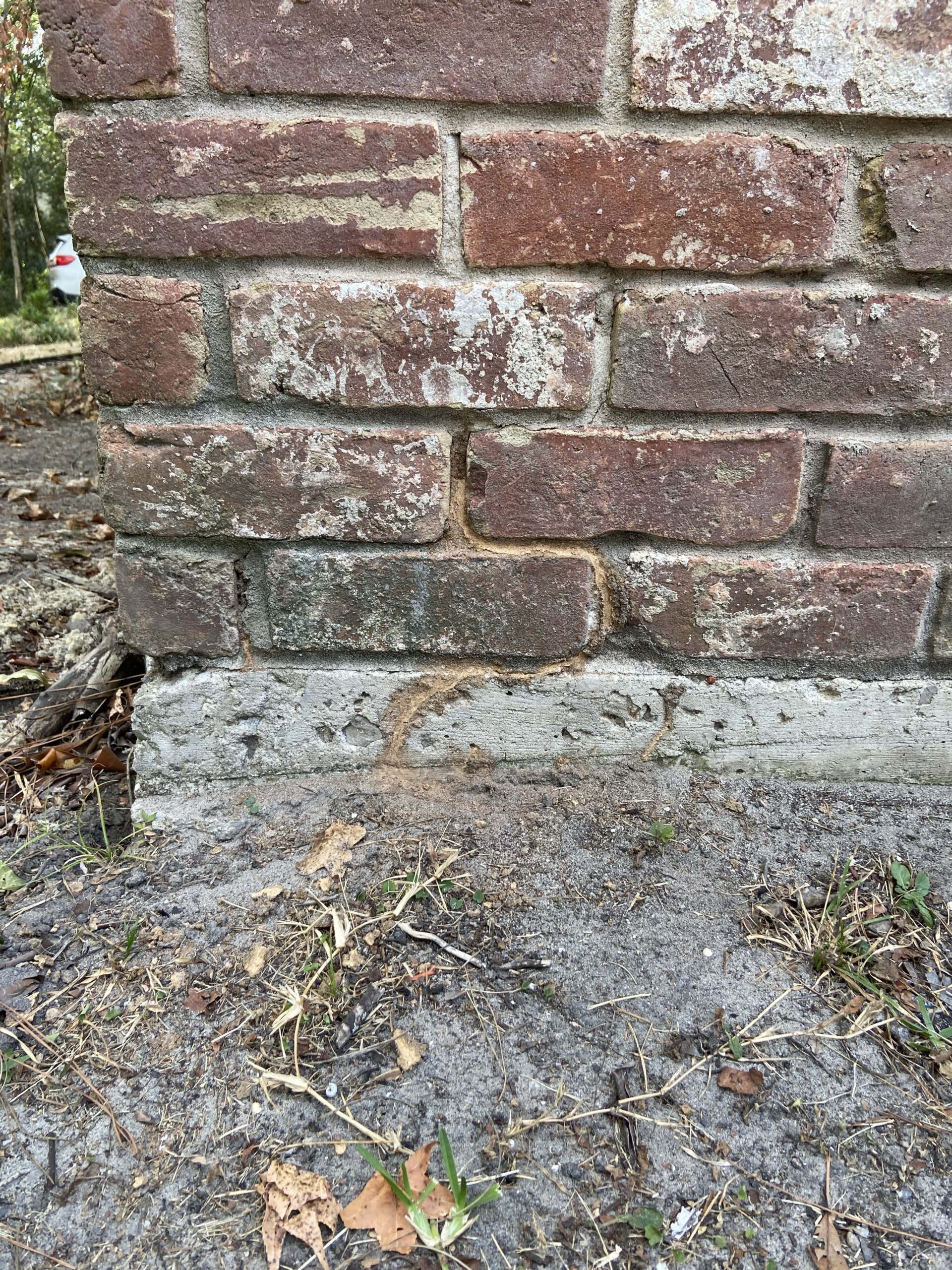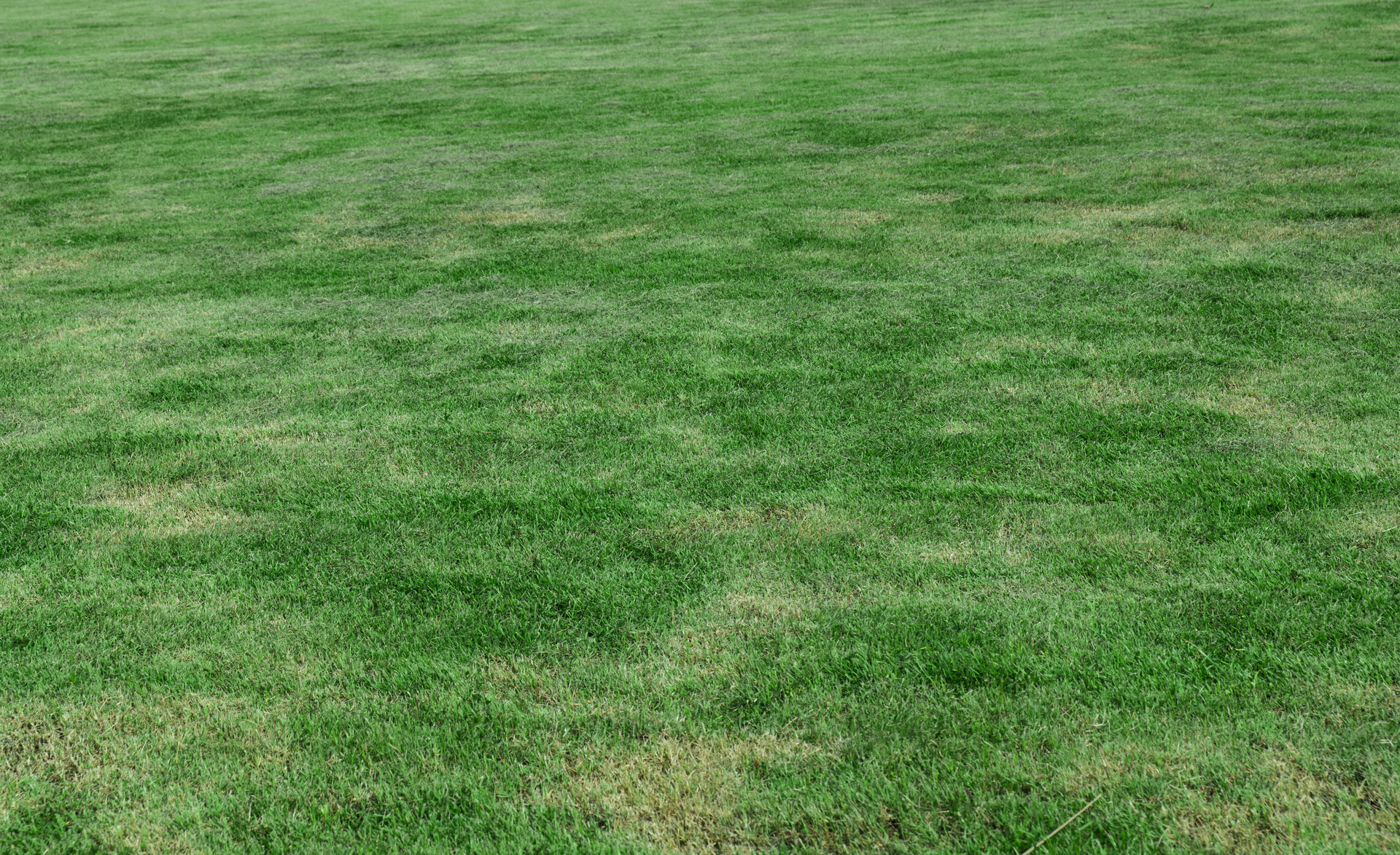If you’ve noticed tiny black flies hovering around your houseplants, chances are you’ve stumbled upon one of the most annoying — and often overlooked — indoor pests: fungus gnats. While they may seem harmless at first glance, these soil-loving pests can quickly become a frustrating nuisance and a sign of deeper issues with your plant care routine.
At FullScope Pest Control, we understand how important your home environment is — right down to your potted plants. Let’s dig into the dirty details behind fungus gnats and how to keep them out of your space.
🪰 What Are Fungus Gnats?
Fungus gnats are small, dark-colored flying insects, typically about 1/8 inch long, that resemble tiny mosquitoes. They’re often mistaken for fruit flies but are actually members of a different family altogether. Unlike fruit flies, which are drawn to sugary food and drains, fungus gnats breed in moist soil, especially in houseplants.
They’re more than just a flying annoyance — their larvae live in the top few inches of your potting mix, feeding on organic matter, roots, and fungi. In large numbers, they can damage root systems and stunt plant growth.
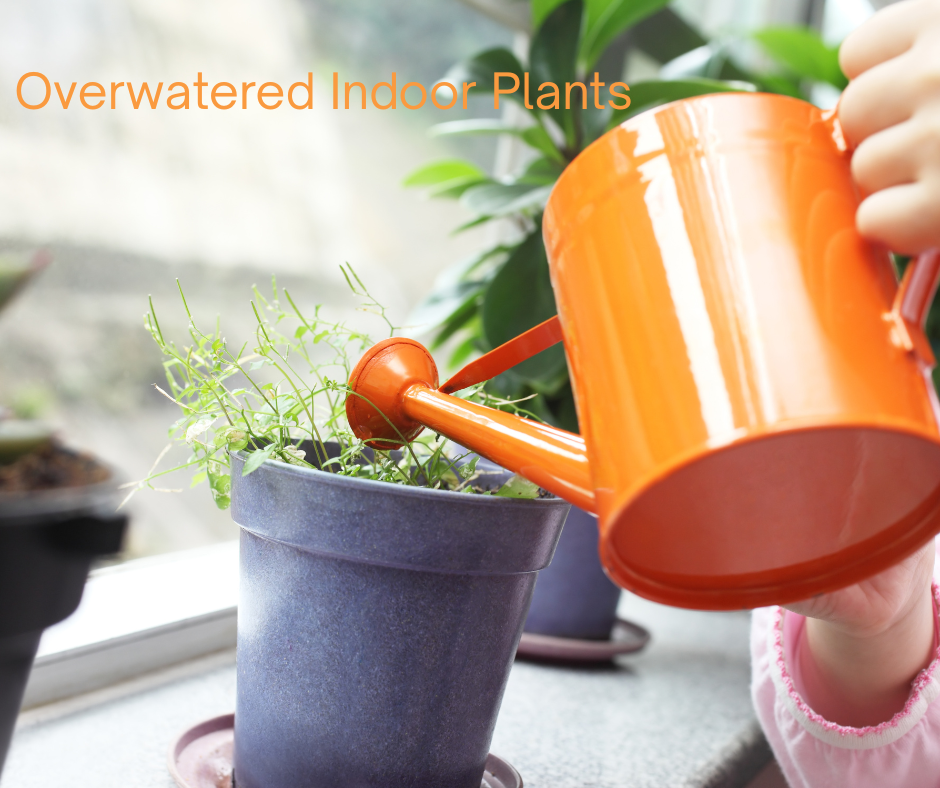
🌱 How Did They Get in My House?
Fungus gnats usually find their way into your home through:
– Overwatered indoor plants
– Bags of potting soil containing organic material and moisture
– Plants brought in from outside
– New nursery plants already carrying larvae in the soil
They thrive in environments where the soil stays damp, especially in pots that don’t drain properly or where organic matter is rich and decomposing.
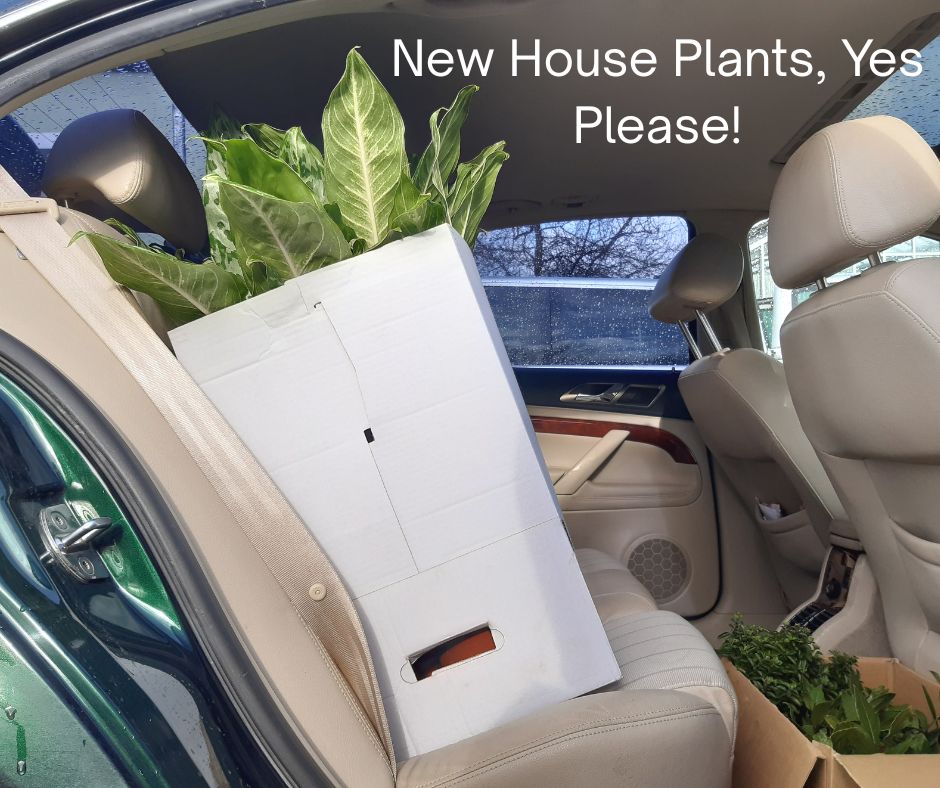
🚨 Why They’re a Bigger Problem Than You Think
While adult fungus gnats don’t bite or spread disease, their presence can still create real issues:
– Constant buzzing around your face and home
– Root damage in seedlings and delicate plants
– Population explosions if conditions are ideal
– They can spread plant diseases via their larvae and contaminated soil
Recommended Read: Summer Pest Control Tips for Texas Homes
✅ How to Get Rid of Fungus Gnats
At FullScope, we recommend a combination of prevention, treatment, and long-term care:
1. Let Soil Dry Out
Fungus gnat larvae need moist conditions to survive. Letting the top few inches of soil dry out between waterings is your first defense.
2. Bottom-Watering Your Plants
Instead of watering from the top (which encourages gnat breeding), use a saucer so plants absorb moisture from the bottom — keeping the surface drier.
3. Use Sticky Traps
Yellow sticky traps are great for catching adult gnats and monitoring infestations.
4. Repot or Refresh Soil
If an infestation is heavy, consider removing the top layer of soil or repotting with a sterile, well-draining mix.
5. Call in the Pros
Sometimes DIY just doesn’t cut it. Our team at FullScope Pest Control offers safe, effective indoor pest solutions — including treatments that target gnats without harming your plants, pets, or people.
Checked all your plants and still have an issue? Could they be coming from your kitchen or bathroom drains? These areas build up organic matter in the drains, so these areas can be another source of the problem.
🏠 FullScope’s Gnat-Free Guarantee
If fungus gnats are driving you crazy, you’re not alone — and you don’t have to fight them on your own. Whether you’re a houseplant lover, apartment dweller, or run a commercial space full of greenery, FullScope Pest Control has the tools and expertise to help you take back your space.
📞 Call us today at (832) 898-0190
🌐 Or request a free quote at www.fullscopepestcontrol.com

